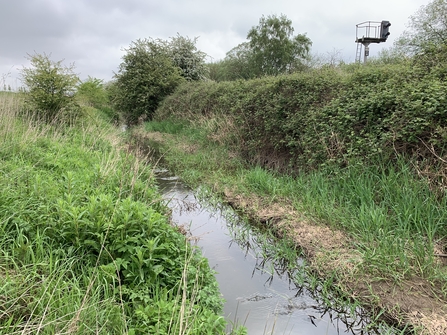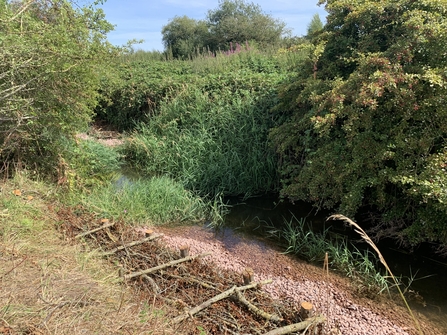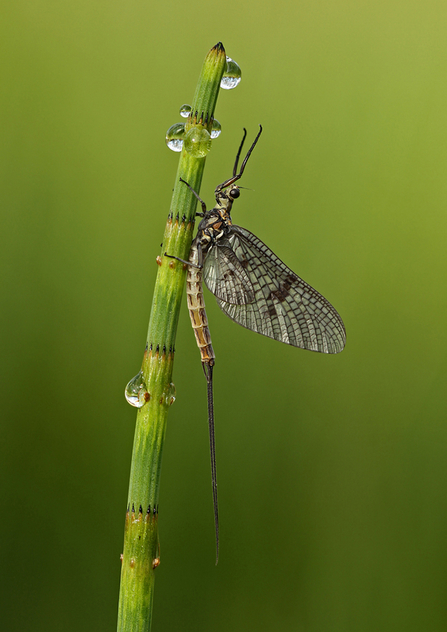The Tatenhill Brook is a small tributary to the River Trent. We have been making improvements for wildlife in a section just South of Burton-on-Trent, near to Branston Leas, with the Environment Agency who have funded the work through their Burton-upon-Trent Flood Risk Management Scheme
Through this work, we will improve the river channel habitat by adding a mixture of gravel, brushwood, and larger wood berms that will create a variety of habitats for the fish and aquatic invertebrates inhabiting the brook. The flow in this brook is rather sluggish, as it has a lot of vegetation, so the work will also improve the flow to be a bit more dynamic. This in turn will help add more oxygen to the water; making the quality of air in the water better for wildlife that lives there.
What is a berm?
“Berm” is a general term used by conservationists to describe materials which are placed to form a shelf at the bottom of the river bank. They tend to be placed in areas with less flow, often on the outside of a river bend. There are several different ways they can take form.
They can start as a Bar, an area where deposited gravels collect and form a natural shelf at the bottom of a river bank. Over time, these bars can stabilise when vegetation starts to grow on them. This then becomes a characteristic Berm. Eventually, berms may collect more vegetation, becoming sturdier and turning into what is known as a Bench.
The force of the water moving through rivers constantly shifts gravels and silt in a cycle of river bank erosion and sediment deposition. Berms are features influenced by the flow of the water and will change location and form as the river adjusts its course through the landscape over time. They are indicative of a healthy and dynamic water flow within a river. Using conservation techniques, we can make berms where we know they would benefit flow and wildlife.





